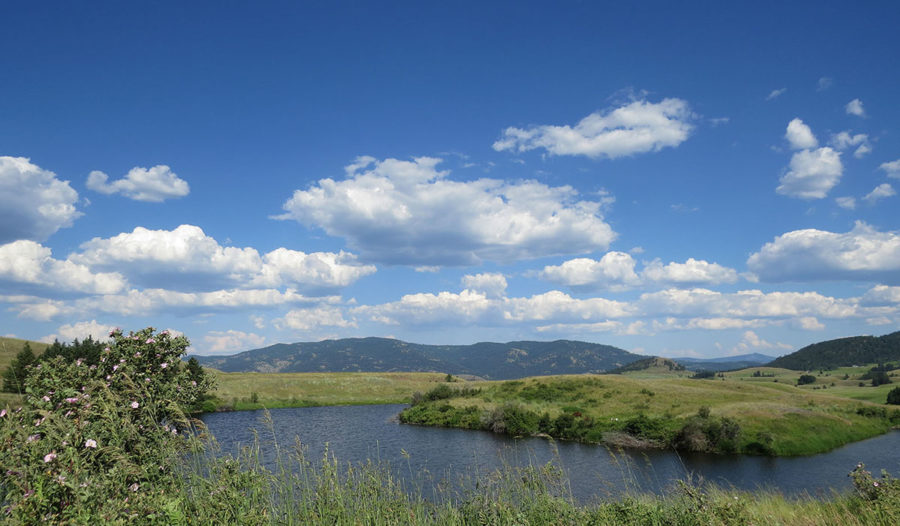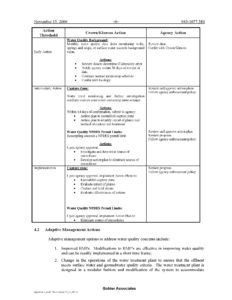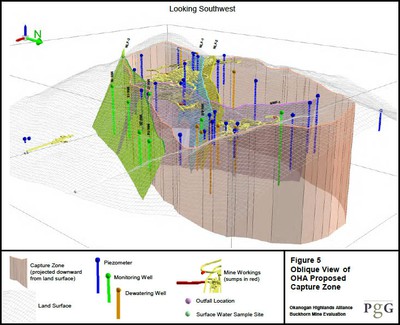Settlement Reached in OHA’s Clean Water Act Suit Against Mining Companies
Okanogan Highlands Alliance (OHA) has reached a settlement with Crown Resources and Kinross Gold USA to resolve the Clean Water Act citizen suit brought by OHA in 2020 over alleged ongoing Clean Water Act discharge permit violations at and near the Buckhorn Mine.
With the agreement, the mining companies will take actions to improve water quality and promote permit compliance, including investigations of the sources, fate, and transport of pollutants at and near the mine site.
After nearly five years of litigation and settlement talks, OHA made a practical decision to enter into a settlement agreement that gets the companies working toward actions that will increase protection of the environment.
The settlement includes a process by which Crown will work with OHA to incorporate information from these investigations, as well as other sources, into a corrective action plan for the mine site. This means that Crown will meet regularly with OHA, share data and information with OHA, and work together to develop a corrective action plan for the Buckhorn Mine.
The agreement gives OHA a seat at the table and allows us to continue our decades-long commitment to independent oversight and analysis. With access to the information and data from investigations, OHA will be able to conduct analyses, help develop a remediation process, follow any changes to water quality moving forward, and sound the alarm when action should be taken.
OHA, represented by Kampmeier & Knutsen, PLLC, filed its Clean Water Act citizen suit against Crown Resources, and a parent company, Kinross Gold USA in April 2020 because of alleged ongoing violations of Crown’s Clean Water Act discharge permit for the Buckhorn Mine. Washington State’s Attorney General filed a similar suit against the mining companies in May 2020. The suits were consolidated in June 2020, but Washington State is not a party to the settlement between OHA and the mining companies and their lawsuit is ongoing.





